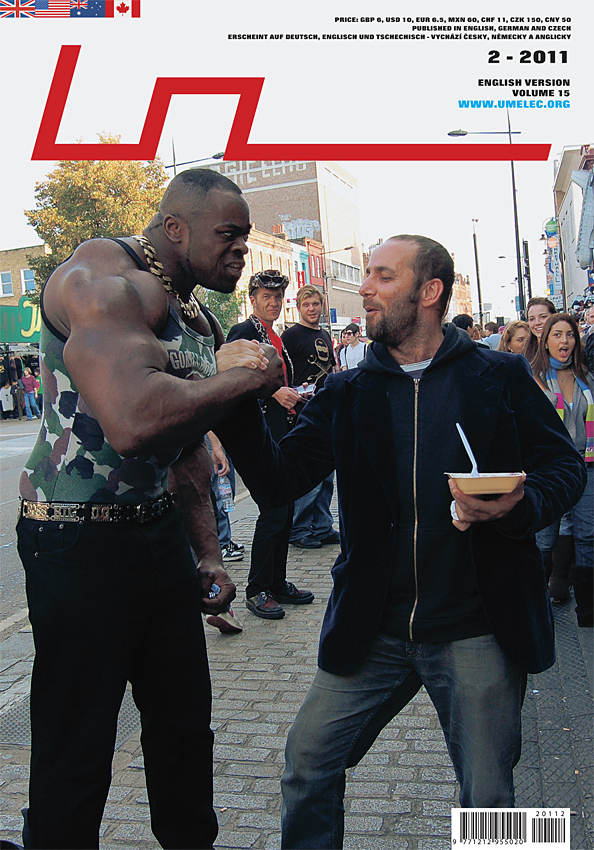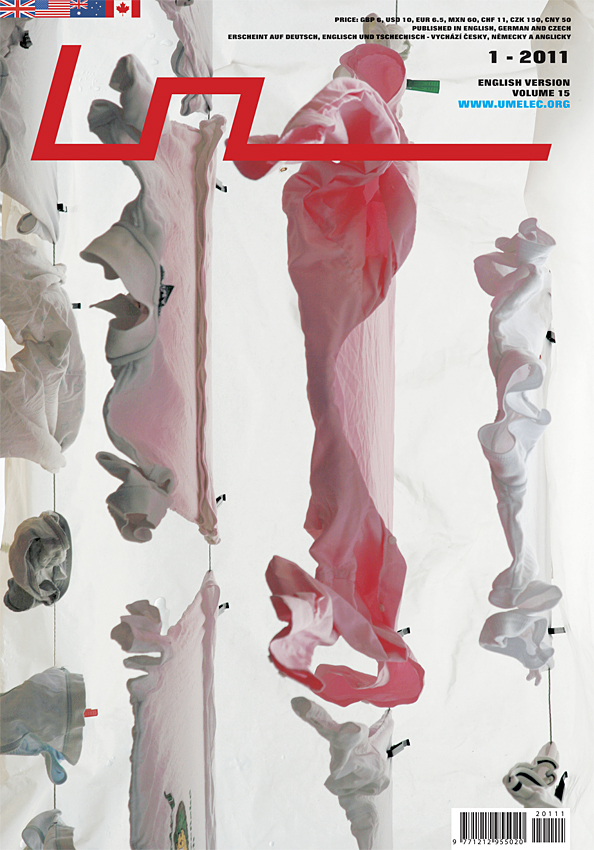R. Bruce Elder: Harmony and Dissent: Film and Avant-garde Art Movements in the Early Twentieth Century (2008)
Filed under book | Tags: · abstract cinema, art history, avant-garde, cinema, colour, constructivism, dissent, experimental film, film, film history, film theory, marxism, modernism, music, occultism, productivism, revolution, suprematism, symbolism, theology

“R. Bruce Elder argues that the authors of many of the manifestoes that announced in such lively ways the appearance of yet another artistic movement shared a common aspiration: they proposed to reformulate the visual, literary, and performing arts so that they might take on attributes of the cinema. The cinema, Elder argues, became, in the early decades of the twentieth century, a pivotal artistic force around which a remarkable variety and number of aesthetic forms took shape.
To demonstrate this, Elder begins with a wide-ranging discussion that opens up some broad topics concerning modernity’s cognitive (and perceptual) regime, with a view to establishing that a crisis within that regime engendered some peculiar, and highly questionable, epistemological beliefs and enthusiasms. Through this discussion, Elder advances the startling claim that a crisis of cognition precipitated by modernity engendered, by way of response, a peculiar sort of “pneumatic (spiritual) epistemology.” Elder then shows that early ideas of the cinema were strongly influenced by this pneumatic epistemology and uses this conception of the cinema to explain its pivotal role in shaping two key moments in early-twentieth-century art: the quest to bring forth a pure, “objectless” (non-representational) art and Russian Suprematism, Constructivism, and Productivism.”
Publisher Wilfrid Laurier University Press, Waterloo, 2008
ISBN 1554580285, 9781554580286
480 pages
Review: David Sterritt (Quarterly Review of Film and Video, 2011).
PDF (updated on 2019-12-14)
Comments (7)Seismograf/DMT contemporary art music magazine (2011–) [Danish]
Filed under journal | Tags: · art history, experimental music, field recording, music, music history, music theory, performance, radio, radio art, sound, sound art

Seismograf/DMT er et redaktionelt uafhængigt tidsskrift, der omhandler den nyeste kunst i lyddomænet og dens skabere – eksperimentel kunstmusik, lydkunst, performance, multimedia, interaktion og field recordings.
Tidsskriftet er en fusion af Dansk Musik Tidsskrift, Autograf og Seismograf, og tegner dermed Danmarks eneste platform fuldkommen dedikeret feltet ny kunstmusik og lydkunst.
Fra 2013 vil tidsskriftet endvidere publicere artikler, der er peer reviewed.
Sanne Krogh Groth er chefredaktør for tidsskriftet, der er støttet af Kunststyrelsens Musikudvalg og Dansk Komponistforening.
Publikationer: Japansk Lydkunst; Avantgarde i børnehøjde; Det du lysnar på hörs i P2; ’Touch Me! Fysisk – emotinelt – sensuelt’: Kritik af SPOR festival 2011; Musikhistorier; Urbanitet, lyd og kunst; Komponiststemmer; Instrumentmagere; Retro-utopier: Reportage fra CTM og Transmediale, 2013; Radio Radio Radio
View online (HTML articles)
Comment (0)Umělec (1997–) [CZ, EN, DE, ES]
Filed under magazine | Tags: · art, art criticism, art history, central europe, contemporary art, east-central europe, film, music, outsider art, politics, visual culture



“Since its inception Umelec has remained the only international art magazine in English about contemporary visual culture in Central Europe and beyond. Umelec is dedicated to more focused regional or national issues, and always tries to bring to life the current social-cultural situation, including its more marginal aspects. We do not consider culture as a decoration of the state body, but as one of the most important inspiring values of life, even if it is radical or strange.” (from the publisher)
Publisher: Divus (Ivan Mečl), Prague/London/Berlin
Editor-in-chief: Palo Fabuš; formerly: Lenka Lindaurová and Vladan Šír, Jiří Ptáček, Alena Boika
Graphic design: Dita Lamačová; formerly: Dan Vlček, Ondřej Strnad, Jakub Němeček, Ivan Mečl
Issue 1/2012 (English, HTML), also in German, Czech.
Issue 2/2011 (English, HTML), also in German, Czech.
Issue 1/2011 (English, HTML), also in German, Czech.
Other issues (HTML), incl. Special issues: “Austrian” (2009–1, EN/CZ/DE), “Mexican” (2007–2, EN/CZ/DE/ES), “German” (2005–2, EN/CZ/DE), “Swiss” (2006–2, EN/CZ), “French” (2002–1, EN/CZ). The issues from 2005–3 up to 2009–1 were also published in Spanish.

